It’s no secret that creating new hardware products is hard. From idea, to proof-of-concept, to functional prototype, to public launch, to production and ongoing support, every step of the way has its own pitfalls. Hardware development requires extended periods of research and development — which, most importantly, calls for significant upfront investment to have the chance to experiment with something new and leave room for error.
Because of this, it’s easy for hardware startups to fail. The company behind the Lily camera drone, for example, raised $15 million in funding and received $34 million in pre-orders, but over promised on both features and ship-date estimates, ultimately leading to the company closing operations. The Zano mini-drone, Europe’s biggest Kickstarter, shut down after receiving $3.4 million from more than 12,000 backers. The team behind Zano overestimated their ability to execute the vision due to poor planning and lack of experience.
However, there have been some companies that have excelled at creating hardware by avoiding these common mistakes. Form Labs, the $3 million Kickstarter that developed desktop 3D printers, successfully shipped their first generation printer on time because they were far along on their prototyping process before launching their Kickstarter campaign. DJI has dominated the drone industry by locating their engineering offices and assembly facility in close proximity to each other, creating a tight feedback loop throughout the design and production processes.
At Double Robotics, we’ve made some mistakes, and we’ve done some things right. We successfully shipped our first hardware product just nine months after its public debut. Our hardware product has been on the market for four years now, and we couldn’t be more excited about our growth since then. It hasn’t been easy, so we wanted to share some important things that we learned along the way.
Here are three tips on how to take your hardware product from prototype to production:
1. Create a bill of materials with pristine accuracy.
A bill of materials, or BOM, is a spreadsheet of the complete cost of all individual parts and assemblies that will make up a single production unit of the product. Make sure to also factor in shipping, import taxes and labor. Costs will vary with volume, but be sure to estimate your costs at the lowest expected production volumes, in case your sales are lower than expected.
You should estimate the BOM once the prototype is complete, although you will not yet have production quotes from your contract manufacturers or even final production designs. You will need experienced mechanical and electrical engineers to envision the final product and estimate each individual part separately.
After accurately estimating your BOM, you can set your retail price. The cost of goods sold (COGS) is the BOM, plus the labor and shipping costs associated with a single unit –…

